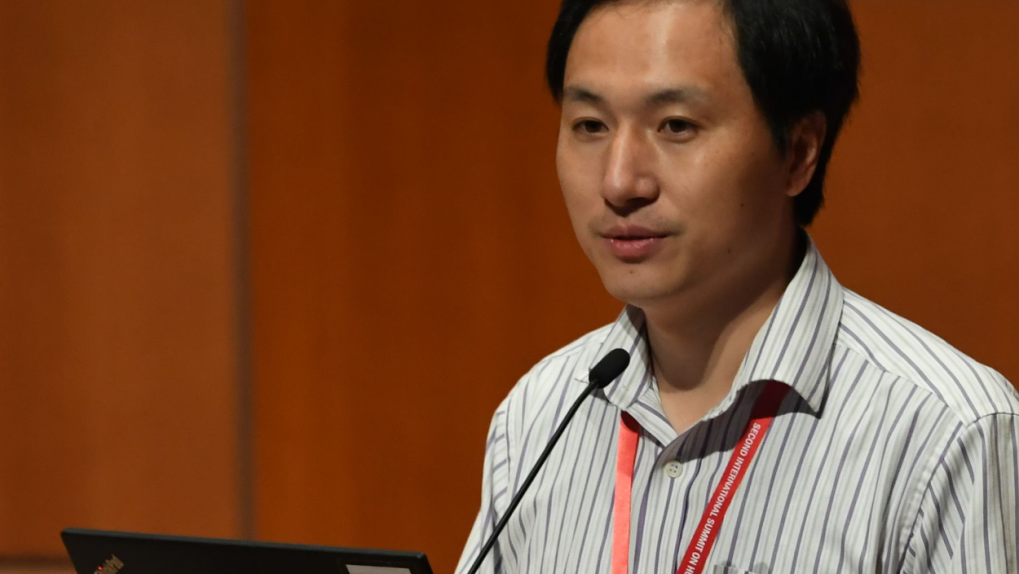In late 2018, a Chinese genetics researcher named He Jiankui announced that he had genetically modified babies that were then carried to term and born. As far as anyone knows, this is the first time any scientist had done such a thing, and it led to an intense outcry from the scientific community. The scientist was fired from his position and it’s unclear if he’ll face further punishment from the Chinese government.
In the months since his announcement, the focus has shifted to the twin girls who were born with modified genes. Now, over a year later, some of the original research documentation has been released by MIT Technology Review, which notes that it received the unpublished manuscript months ago, and has finally chosen to release part of it.
There’s a lot to unpack in the research documentation, and if you’re interested in diving deep into the incredibly risky work He and his team were conducting, I’d encourage you to grab a cup of coffee and read the entire thing. That said, there are a few key takeaways that are worth summarizing.
In his announcement, He claimed that the modifications being performed were done in the hope of making the resulting babies HIV-resistant. To do this, the geneticists attempted to reproduce a natural mutation known as CCR5 that has been linked to HIV resistance in people. The researchers recruited pregnant couples where the father of the child was HIV positive.
However, critics in the scientific community who reviewed the documents say that He and his team were apparently trying to make the children immune to HIV as adults, and the work being performed wouldn’t have provided the results the parents might have believed it would.
Additionally, it’s still unclear if the edits affected the children in the way the scientists assumed. Those who reviewed the work say that the edits made to the genes aren’t a match for the natural mutation that is linked to HIV resistance. They are “similar,” and it’s possible the children are fully or partially resistant to HIV, but it’s equally likely that the modification had no effect on HIV resistance whatsoever.
Put simply, the twin girls were born with a never-before-seen mutation. Whether this mutation is beneficial, harmful, or has absolutely no tangible effect is unknown. Other issues with the work, including the lack of oversight and miscommunication between the geneticists and doctors treating the couples have raised additional concerns.
This truly was a sort of “mad scientist” scenario where He took it upon himself to pioneer gene editing in babies with very little clue as to the potential consequences. Nobody knows what unforeseen changes may be present in the young girls, or how the genetic alterations may affect them later in life.








